For most tourists, Schengen is the Name for your Europe visa. Few people know that it is a small town in Luxembourg. In 1985, it was decided the freedom to travel within Europe. A Visit To The Site.
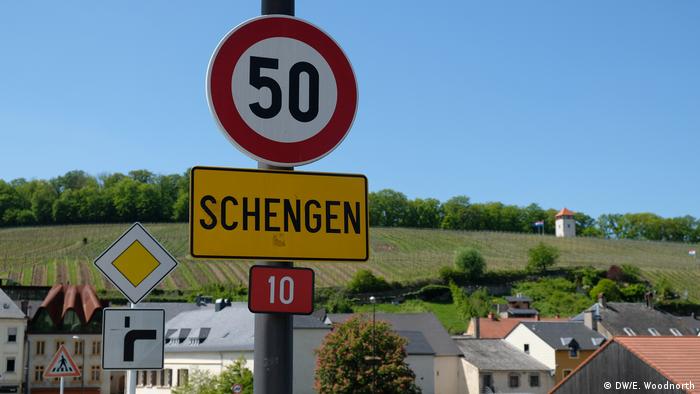
I’m standing on the banks of the Moselle, a European river, France, Luxembourg and Germany, flows through. Here in Schengen, all three countries meet. And on the Luxembourg side of the city of Schengen is located. It is, if you will, is the birthplace of a borderless Europe as we know it today and love it.
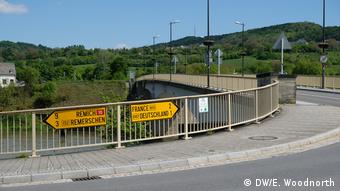
Way to the neighbor: This bridge in Schengen leads to France and Germany
Freedom to travel in Europe appears to us today, of course. The 26 countries in the Schengen area with its more than 400 million people abandon with each other on border controls. Anyone who has a Schengen visa, can move within Europe and free.
From utopia to reality
My first stop in Schengen and the European Museum on the banks of the Moselle river is. On the forecourt, pillars, struts up in the sky, the Nations pillars. Each star stands for one member state. In the Wind all flags flying. A colourful Europe. 40,000 visitors come each year to Schengen, in the small border town. The Museum is a magnet for visitors.
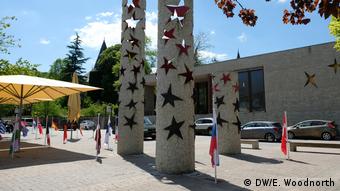
Each star a EU country – the Nations of the pillars in front of the European Museum Schengen
Inside the tourists of the history of Europe, interactively present meet – as is Standard today. The focus is on the importance of the Schengen agreement and its impact on Europe. In a glass case pretty an analog blast from the past: 30 service caps of customs officials from all over Europe lined up.
In June 1985, the representatives of five countries – France, Belgium, Luxembourg, Germany and the Netherlands met in Schengen, and agreed, on its internal borders, the controls on persons gradually to be abolished.
A historical place
That, of all things, here in Schengen, the dream of a “Europe WITHOUT borders” journey began, is no coincidence. The place in the triangle is a sort of miniature Europe, a certain amount of symbolic power. Who lived here, had to do it day in and day out with border controls. A life without limits – at the time, 34 years ago, a revolutionary idea – a beautiful thought, but somehow unimaginably far away.
“The idea of open borders was a utopia. In 1985, a Europe without border controls, is inconceivable, particularly between France and Germany. It was quite extraordinary,” says Martina Kneip, Director of the Europe Museum in Schengen.
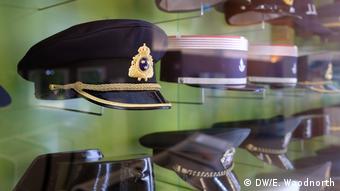
Negotiated and issued service caps of customs officials of the EU
The Museum is not intended only as an information centre, it also acts as a monument to a United Europe and a common identity. Museum Director, Kneip is originally from Freiburg, a city in the South of Germany, bordering France and Switzerland. She is a committed European: “It is negligence, Schengen as a given view. This is not so. We need to do something about it every day and engage, so that it stays that way.”
Hiking without borders
The Moselle valley with its idyllic landscape of hills invites left and right for Hiking. Ideal for day trips, offers are plentiful. I opt for a three-hour trail “dream loop – Schengen limitless”. He leads from Schengen in Luxembourg to France and Germany and back. It starts at the Museum of Europe.
The trail meanders through vineyards and forests, it passes over farm roads to blooming canola fields. Behind a narrow hairpin bend, the view of the river valley and the little villages that Nestle on the shore opens. Thus, the border area looks like from above. No barbed wire, no barriers, no border guards. Only Landscape. On the Moselle river, a barge with coal river chugs down on the streets cars are on the road, freely travelling from one country to another.
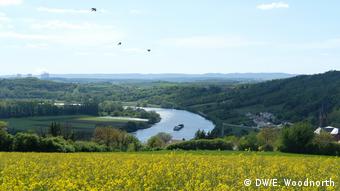
Where am I? In Germany or France or Luxembourg?
I wonder: Where does Germany, where France start? The only note the cooling towers of a nuclear power plant, give it to me – this must be France. Wind turbines on the horizon – that speaks for Germany.
The trail is demanding for a Little Walker like me. It’s a lot of up and down. There are panels with information about Flora and Fauna. And always great views. And Unexpected: towards the end of my hike, I’ll come by even in a disused gypsum mine.
Wine without frills
The Moselle, the means of wine. And there are also in the Schengen enough. Three vineyards in the town. On the Slopes of Markus Berg Müller is grown-Thurgau. Each vineyard has its own patron Saint. For the Markus Berg of the Saint Markus is obvious -.
Lucien Gloden has been producing wine in the fourth Generation, born and winemakers grew up in Schengen. Him five hectares of vineyards, distributed in Germany, France and Luxembourg. This results in a yield of about 40,000 bottles a year.
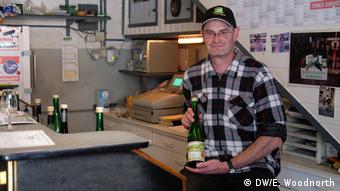
A convinced European winemaker Lucien Gloden has vineyards in Germany, France and Luxembourg
Gloden benefits of a United Europe. “I think we just Luxembourg with our small country could not survive without a common Europe and a common currency.” Most of the winemakers in the place to supply the international gourmet scene, Gloden. He is down-to-earthness. That’s exactly what I like about his wine cellar. He is simple and without frills.
The Müller-Thurgau tastes best for me, light and soft, a pleasant table wine. Here, it is also drunk with a splash of soda water as a spritzer.
Before I go, to call me Golden, that I should come again in August. Then the village of Luxembourg takes place in the southernmost wine, in Schengen, the Festival “Pinot & Friture”. Is served, a Pinot Blanc and a “Friture de la Moselle” – fried, small-Moselle fish.
Could be that I look over again in miniature-Europe.

